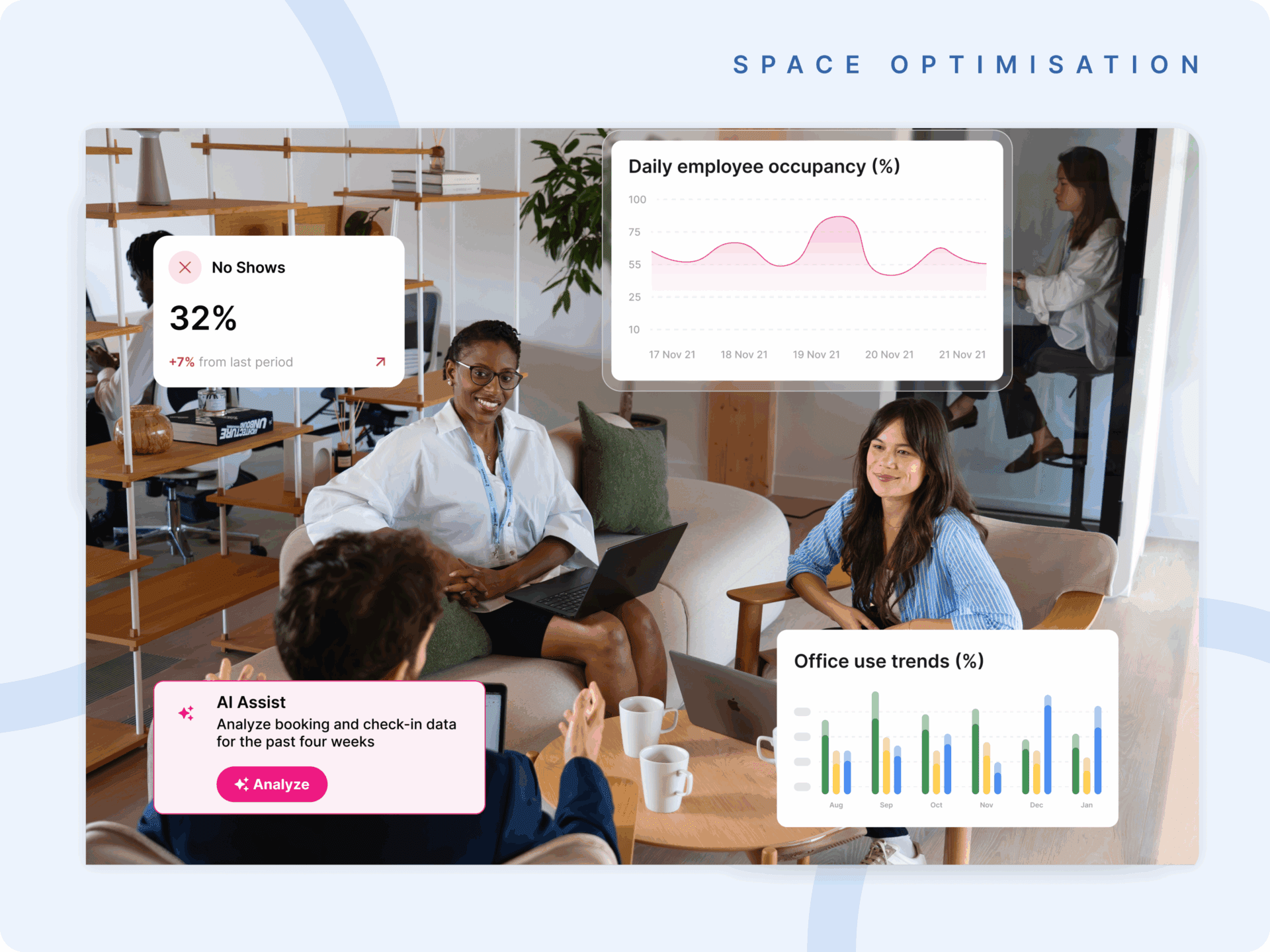We’ve forgotten the true meaning of collaboration. Here’s why.
I recently came across a LinkedIn piece that argued we collaborate too much. It suggested that unending virtual meetings and calls were bloating our schedules, and Team Collaboration took a back seat.
It led me to think – in our evolving hybrid work environment, are we still clear on what ‘collaboration’ truly means, and more importantly, how it fuels performance?
These routine virtual check-ins can consume more time than we intend, but labeling all such interactions as collaboration seems like a stretch.
Perhaps it’s high time we reoriented our understanding of collaboration, focusing not just on its process but primarily on its outcomes and contribution to business performance.
Collaboration is rooted in community
We’ve been teaming up to solve problems and make decisions since prehistoric times.
As small groups of hunters and gatherers, we understood the power of collective action – the need to work together to secure food and protect our tribe from predators.
The instinct to gather for shared benefit is what a community is at its core. It’s a group of individuals working together with shared goals, understanding that they can achieve more as a group than they could alone. This sense of belonging, trust, and camaraderie, lays the groundwork for collaboration.
Work is a crucial part of community
Fast forward to the Industrial Revolution and the sweeping shift towards urban lifestyles, and our idea of ‘community’ underwent a dramatic transformation. Proximity increased, but paradoxically, personal connections weakened.
Meanwhile, a new type of community—our coworkers—started playing a pivotal role in our lives.
These relationships were cultivated based on shared tasks and goals, challenges overcome together, and triumphs celebrated as a team. Coworker communities became engines for productivity and performance — and important sources of life satisfaction and fulfillment.
Communication doesn’t equal collaboration
The modern-day transition to remote work has led many to ramp up their interactions with colleagues. Virtual stand-ups, alignment calls, digital team lunches – you name it. But equating those activities with collaboration overlooks the very origins and purpose of the word.
Collaboration is not merely about staying in touch. It’s about collective action and output — getting together with a set of shared goals to drive innovation and boost productivity.
This can happen digitally for certain tasks. For most things, though, in-person collaboration is the trump card.
Making collaboration happen more often
So how do we ensure we play this trump card as often as possible?
We give team members and managers the right tools to coordinate with one another and collaborate when it suits them best. We empower them to make use of their company’s physical office space to meet and work on projects together.
With that in mind, we are thrilled to introduce Team Kadences. It’s a feature that helps team managers schedule recurring in-person team meetings based on their colleagues’ availability and preferences.
In an age where a lot of work occurs remotely, our focus should not just be on facilitating communication. It should be on ensuring communication converts to collaboration — and that collaboration always happens in the right environment, with the right Kadence.
Dan Bladen
CEO & Co-Founder
Dan is at the helm of Kadence with a sole mission to turn workplaces into vibrant, happy spaces where everyone can thrive. When he’s not busy changing the world of work, you’ll find Dan soaking up the natural, untamed beauty of California’s outdoors with his family on camping adventures.
Read More from Dan Bladen



